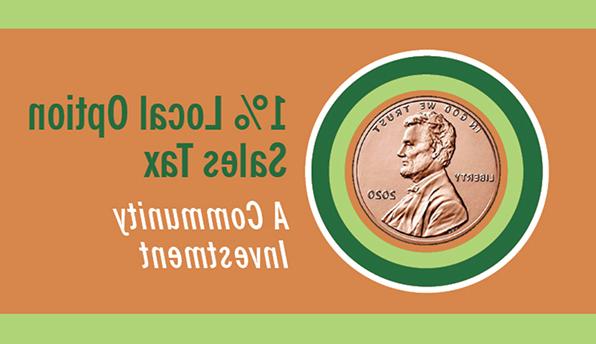Illegal dumping is disposal of waste in an unpermitted area. It is also referred to as "open dumping,“苍蝇倾倒”," and "midnight dumping" because materials are often dumped in open areas, from vehicles along roadsides, and late at night. Illegally dumped wastes are primarily materials that are dumped to avoid either disposal fees or the time and effort required for proper disposal. These materials typically include:
- 家具
- 庭院废弃物
- 医疗废物
- Household trash
- Appliances or "white goods"
- Abandoned automobiles, auto parts, and scrap tires
- Construction and demolition waste such as drywall, roofing shingles, 木材, 砖, 混凝土, 和支持
Do not dig through the site or confront people dumping.
Illicit Dumping/Discharges
Illicit connections are defined as "illegal and/or improper connections to storm drainage systems and receiving waters" (CWP, 1998). A discharge of industrial wastewater to a storm sewer is "illicit" because it would ordinarily require a permit under the Clean Water Act. Many building owners or operators are not aware that improper connections exist in their facilities. Identifying and removing illicit connections is a measure for reducing stormwater pollution. In extreme cases of illicit dumping, legal action is necessary.
- Sanitary sewer or lift station overflows
- Unusual colors or cloudiness in any water course
- Wastewater connections to any storm drain system
- Trash or other floating debris in swales or other waterways
- Spills of oil or other petroleum products, pesticides, or other contaminates
- Foul smells emanating from canals, streams, beaches, or other water courses
- Illegal dumping or disposal of waste in non-permitted areas, such as back area of a yard, a stream or canal bank, or other off-road area
报告 Illegal Dumping or Illicit Discharges
- Identify the exact location of the illegal dumpsite including the closest major cross street
- Try to identify the person or company that did the illegal dumping
- Describe what is at the dumpsite






